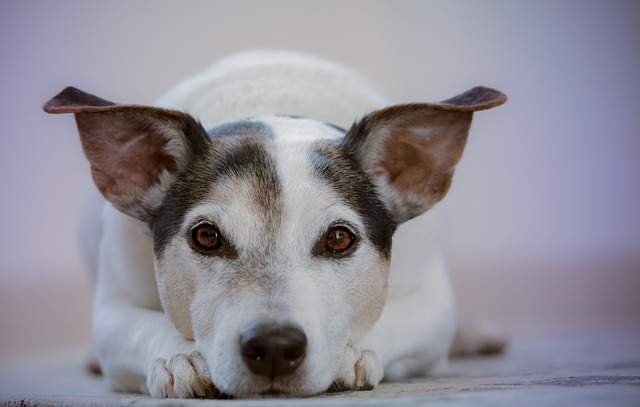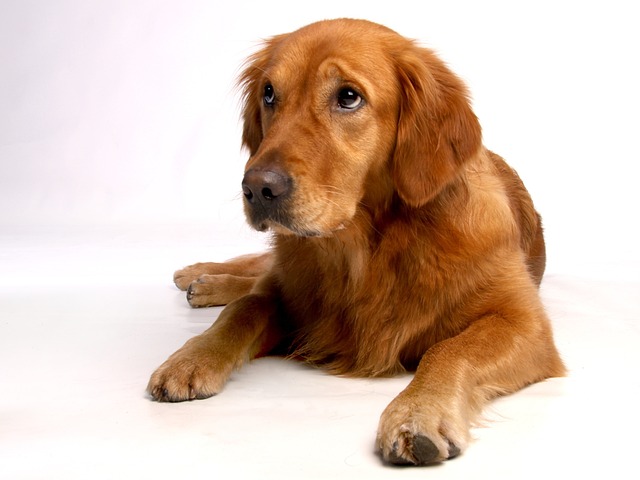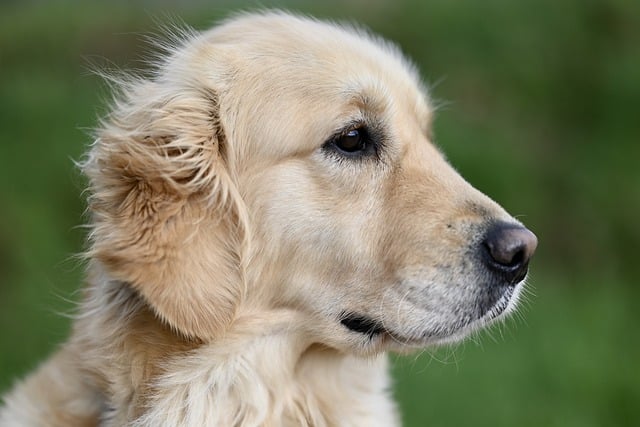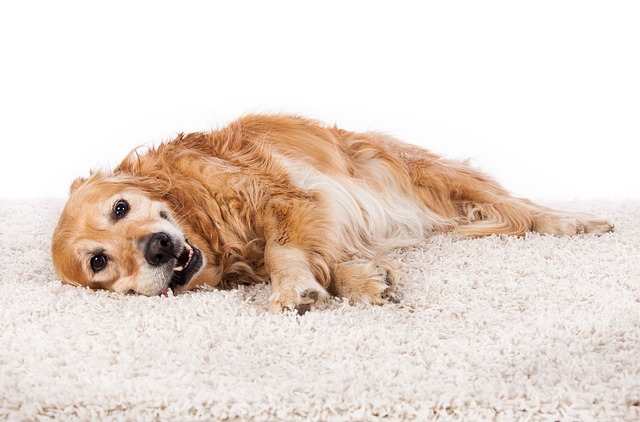When we joyfully welcome a dog as a new family member, every move of it tugs at our hearts. However, if the dog always poops casually at home, the originally warm home may become a bit "smelly", which not only gives us a headache but also may affect the close relationship between us and the dog. The question "How do I get my dog to stop pooping in the house?" reflects the owner's desire for a clean home environment and is full of concern for the dog's healthy growth and the formation of good behavior habits.
Just like humans, dogs need a regular daily routine. From the perspective of a dog's physiological needs, they usually have the need to poop after eating, waking up, and playing for a while. If we can master these physiological laws of dogs, we can better guide them to poop in the right place. For example, feed the dog regularly and quantitatively every day. Generally, adult dogs are fed 1 - 2 times a day, while puppies need to be fed 3 - 4 times. Take the dog to the designated pooping area, such as the lawn outdoors or the litter box area set up at home, within 15 - 30 minutes after it eats. Persist in this for a while, and the dog will gradually form a conditioned reflex and take the initiative to go to the designated place to poop when it has the urge.
A dog's pooping habits are also related to its nature. In the wild, dogs will choose to poop away from the places where they rest and eat, in order to keep their living environment clean and avoid being discovered by natural enemies. Therefore, when setting up a pooping area for the dog at home, we should try to keep it away from its doghouse and food bowl. We can choose a relatively remote and well - ventilated corner of the house, spread some old newspapers or pet - specific pee pads, and let the dog gradually get familiar with the fact that this place is its "exclusive toilet". When the dog poops in this area, we should give rewards in time, such as gentle praise and delicious snacks, so that the dog understands that pooping in this place will be recognized and rewarded by the owner.
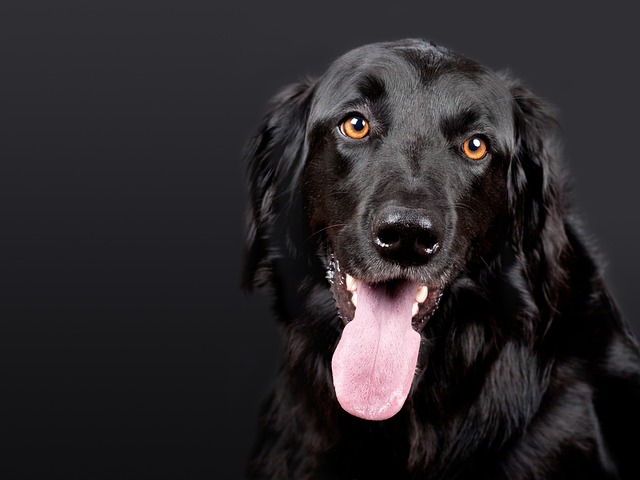 Patience and perseverance are the keys to training a dog not to poop at home. The training process may not be smooth sailing. The dog may poop in other places at home because it is playful or has not understood the owner's intention in time. At this time, never scold or beat the dog, because scolding and beating not only fail to solve the problem but also make the dog feel frightened and confused, and may even cause it to be more reluctant to poop in the designated place. We should stop the dog in a gentle tone and then quickly take it to the designated pooping area. If the dog has already pooped at home, clean it up in time and use special pet deodorants to eliminate the odor. Because a dog's sense of smell is very sensitive, if it smells its own excrement in a certain place, it may think that this place is a suitable place to poop.
Patience and perseverance are the keys to training a dog not to poop at home. The training process may not be smooth sailing. The dog may poop in other places at home because it is playful or has not understood the owner's intention in time. At this time, never scold or beat the dog, because scolding and beating not only fail to solve the problem but also make the dog feel frightened and confused, and may even cause it to be more reluctant to poop in the designated place. We should stop the dog in a gentle tone and then quickly take it to the designated pooping area. If the dog has already pooped at home, clean it up in time and use special pet deodorants to eliminate the odor. Because a dog's sense of smell is very sensitive, if it smells its own excrement in a certain place, it may think that this place is a suitable place to poop.
In addition, a dog's age and personality will also affect the difficulty and time of training. Puppies have relatively weak self - control ability and may need more time and patience to train. They may forget their urge to poop because they are playful or have not fully understood the owner's instructions. And dogs with a lively and active personality may be inattentive during the training process and need the owner to guide them more carefully. For these dogs, we should give them more attention and encouragement and add some fun to the training process, such as using toys that the dog likes to attract its attention and making the training more relaxed and enjoyable.
During the process of training a dog not to poop at home, we also need to consider the dog's health problems. If the dog suddenly poops frequently at home, or the shape, color, and smell of its poop change abnormally, its body may be having problems. For example, diarrhea may be caused by gastrointestinal discomfort, parasite infection, or food allergies; constipation may be related to the dog's unreasonable diet structure and lack of exercise. In this case, we should take the dog to see a veterinarian in time to ensure its physical health.
Training a dog not to poop at home is a "long - term war" full of love and patience. Every guidance and every reward carry our deep love for the dog. When we see that the dog can consciously poop in the designated place, all the efforts become extremely worthwhile. Because not only do we keep the home clean, but also in this process, we deepen the trust and understanding between us and the dog. Let us use scientific methods and endless love to accompany the dog's growth, make it a well - behaved little family member, and create more beautiful memories with us. In this journey full of love, every progress of the dog will be our greatest comfort. Let us jointly look forward to that warm and clean home, filled with the dog's cheerful figure and our happy laughter.
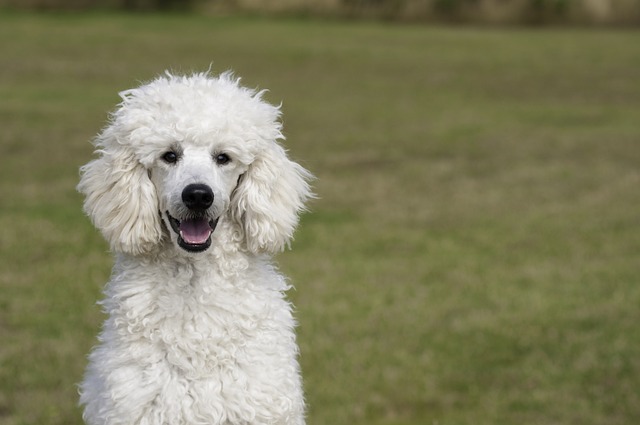
 Patience and perseverance are the keys to training a dog not to poop at home. The training process may not be smooth sailing. The dog may poop in other places at home because it is playful or has not understood the owner's intention in time. At this time, never scold or beat the dog, because scolding and beating not only fail to solve the problem but also make the dog feel frightened and confused, and may even cause it to be more reluctant to poop in the designated place. We should stop the dog in a gentle tone and then quickly take it to the designated pooping area. If the dog has already pooped at home, clean it up in time and use special pet deodorants to eliminate the odor. Because a dog's sense of smell is very sensitive, if it smells its own excrement in a certain place, it may think that this place is a suitable place to poop.
Patience and perseverance are the keys to training a dog not to poop at home. The training process may not be smooth sailing. The dog may poop in other places at home because it is playful or has not understood the owner's intention in time. At this time, never scold or beat the dog, because scolding and beating not only fail to solve the problem but also make the dog feel frightened and confused, and may even cause it to be more reluctant to poop in the designated place. We should stop the dog in a gentle tone and then quickly take it to the designated pooping area. If the dog has already pooped at home, clean it up in time and use special pet deodorants to eliminate the odor. Because a dog's sense of smell is very sensitive, if it smells its own excrement in a certain place, it may think that this place is a suitable place to poop.